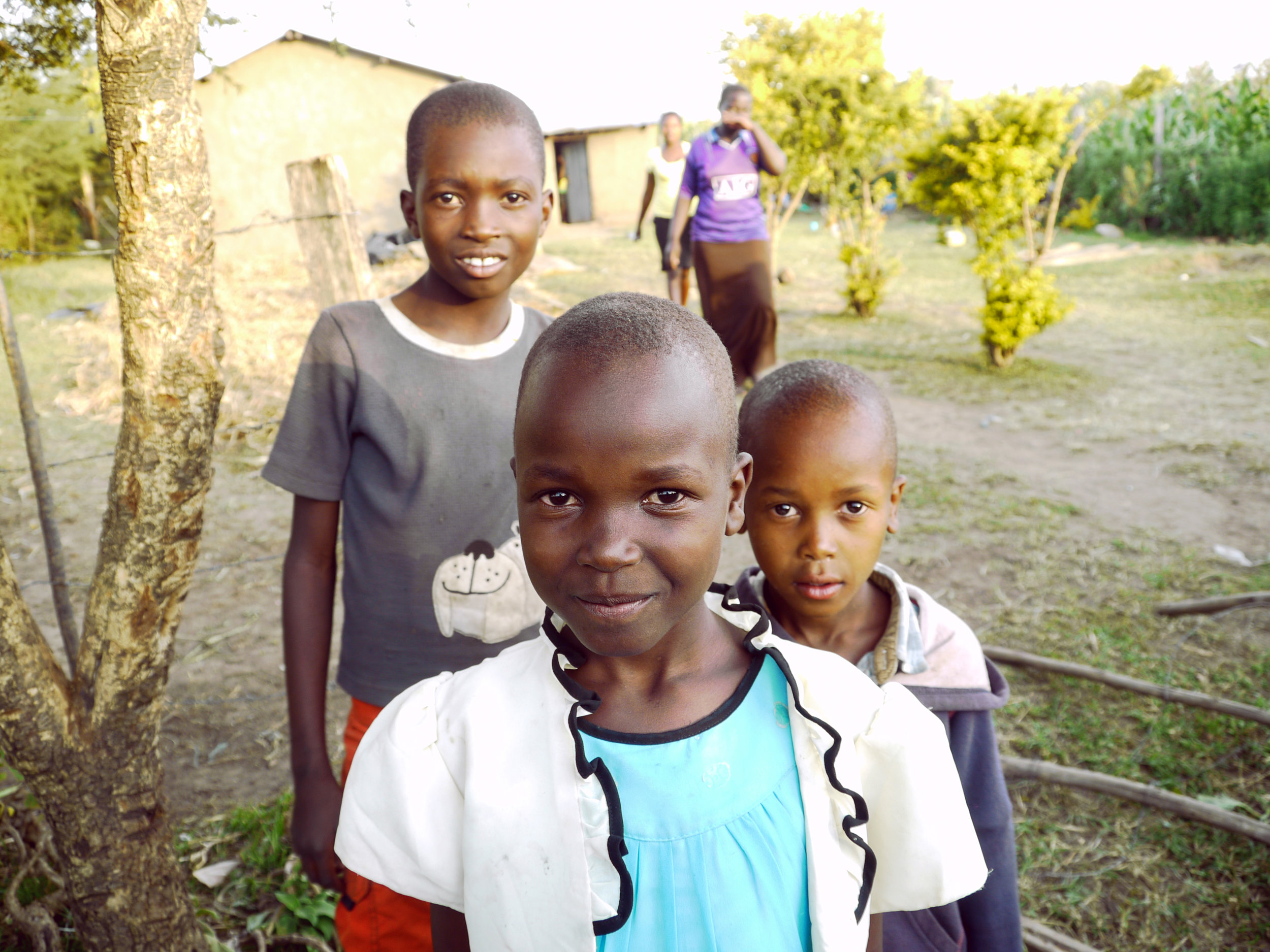
The Aslan Network is a 501(c)(3) non-profit organization that aims to provide support to people around the world.
Our mission is to bring empowerment to those in less fortunate parts of the world by paving the way with hope and opportunity. The Aslan Network finds creative and sometimes unconventional ways to fundraise money to support our cause.
For the next year, we are dedicated towards raising money to provide people in less fortunate circumstances with the gift of open heart surgery. All of the money we raise goes directly into providing a second chance at life.
So far, we have been more than successful with our efforts, but it is truly in the hands of our customers and donors to really make a difference.
The Full Story

THE BEGINNING
Our story begins in 2010, in a tiny rural town called Nuevo. Jeremy Van Liew and a handful of passionate others planned a trip for the following year to head to Kipkaren, Kenya with the goals of providing funding to the city’s only medical center and providing support to the Children’s Home.
The group heading to Kipkaren made their plans known and worked tirelessly to fundraise. Throughout the year they planned numerous benefit concerts, designed and sold shirts, and collected donations. By early 2011, they raised more than their goal. They called their project The Aslan Network.
A NEW VISION
During their 2011 trip, Jeremy took an interest in the local women’s group-workshop. The women made clothing, sold the garments to the people in the village, and used the profits to support the children’s home. This was community-based social marketing in action, and it inspired Jeremy with a new vision. He noticed the unique designs and fabrics and knew that people in the US would notice them too.
The Aslan Network’s initial success in promoting and fundraising for a common goal got Jeremy thinking about the bigger picture. He couldn’t bare the thought that people died because they lack access to the same resources that are so plentiful in our country. He dreamt of expanding The Aslan Network into a functioning non profit organization that gave people across the world the chance to pursue a life of happiness and fulfillment. He wanted to make opportunities more accessible. He wanted to bring people closer to hope.
IN LOVING MEMORY
Jeremy Van Liew towered over everyone who knew him. It’s easy to do when you stand at 6’9”. Even more impressive than his height was his heart. He cared about the things other people didn’t think of. Jeremy was the kind of person you’d meet and feel like you’ve been best friends your entire life. He filled people with encouragement and embodied creativity. With Jeremy, everything was something to notice; every person was someone to enjoy life with.
August 1, 2012 started as a day like any other. Jeremy took a shower as his younger brother James browsed Netflix down the hall. After seeing Jeremy sneak back into his room, James went to ask if he wanted to join him for a movie. Then, everything changed.
A 911-phone call was made while James’ brain became overloaded with information to process. A raging panic had set in. Instructions on how to perform CPR were passed along and performed, but the effort was fruitless. Just moments before James came down the hall, Jeremy died of an aortic aneurysm.
For James and the Van Liew family, life was unrecognizable. With time and the extended arms of the friends and family, James turned his pain and grief into ambition. Jeremy died with a dream and James knew he had to continue building on his brother’s legacy. Jeremy’s spirit lives on in the lives he touched, and continues to be a guiding force for The Aslan Network’s mission.
FACTS

MALAWI AND THE ASLAN NETWORK
According to the UN, Malawi is one of the world's least developed countries, and faces significant poverty challenges. As of 2021, approximately 49.9% of the population, equating to about 9.9 million people, were considered multidimensionally poor. This term ‘multidimensionally poor” is a way of describing poverty by not only a lack of money, but also involves deficiencies in key aspects of well-being such as health, education and living standards. An additional 27.5%, or roughly 5.5 million individuals, were classified as vulnerable to multidimensional poverty. The intensity of deprivations among the multidimensionally poor averaged 46.3%. This data is based on estimates from 2019/2020.
In addition to the generic demographics of poverty, heart disease is much more prominent in countries like Malawi. This for reasons like undiagnosed congenital abnormalities, untreated strep throat and lack of access to antibiotics. Malawi does not have any advanced cardiology procedures nor open heart surgery available. Healthcare disparities in Malawi are evident by the lack of facilities for health care and there is only a small budget to send citizens that otherwise do not have cash or private healthcare insurance outside of the country for their care. Even then, the waitlist can last from months to years. The reality is that many people will die from their heart condition before ever being treated.
By partnering with other organizations such as Hearts for mission international 501(c)(3), The Aslan Network strives to combat these realities, and pursue Jeremy’s dream of a better world. With the help of our donors, business partners, and customers, we will provide the medical equipment necessary to perform these life saving procedures.




